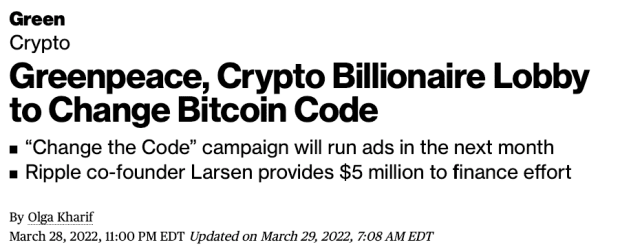15 Years Ago: Lehman Collapse Foreshadows the Rise of Bitcoin
On this day, 15 years ago, the collapse of Lehman Brothers marked the start of a financial catastrophe that would reshape the global economy.
On that fateful day, the renowned investment bank, filed for bankruptcy, setting off a chain reaction that led to the Great Financial Crisis, devastating job losses, and homelessness. In the midst of this turmoil, Bitcoin was born.
Lehman Brothers, a venerable Wall Street institution, had amassed massive amounts of debt tied to risky mortgage-backed securities. When the housing market began to crumble, Lehman faced insurmountable losses.
The Lehman Brothers collapse sent shockwaves through the financial system. Confidence in banks eroded, causing a credit freeze that spread globally. Stock markets plunged, and numerous financial institutions faced severe liquidity problems.
Governments worldwide scrambled to rescue failing banks, and central banks took unprecedented steps to stabilize markets.
The Great Financial Crisis unleashed a wave of economic turmoil, with millions losing their jobs and homes. Unemployment rates soared, leading to widespread financial hardships. Many people found themselves homeless as they struggled to recover from the crisis’s fallout. The human toll was immense, highlighting the urgent need for alternatives to the traditional financial system.
As fate would have it however, innovation was on the way.
In October of that year, Satoshi Nakamoto released a white paper titled “Bitcoin: A Peer-to-Peer Electronic Cash System” in October 2008. This groundbreaking document outlined a new form of decentralized digital currency, Bitcoin, designed to operate independently of traditional financial institutions. It offered the potential for financial inclusion, security, and transparency, traits sorely lacking in the wake of the Great Financial Crisis.
Bitcoin’s creation was, in part, a response to the failures of the traditional financial system. It aimed to provide an alternative means of conducting financial transactions, one immune to the arbitrary decisions of central authorities and insulated from the systemic risks that had caused the crisis.
Over the years, Bitcoin has evolved from an experimental idea into a thriving digital asset and a store of value, with its decentralized nature offering hope for financial resilience and empowerment.
In the 15 years since the Lehman Brothers collapse, the financial world has undergone significant changes. While the scars of the Great Financial Crisis still linger, Bitcoin’s emergence represents a transformative response to those turbulent times, offering the promise of a more equitable and secure financial future.









